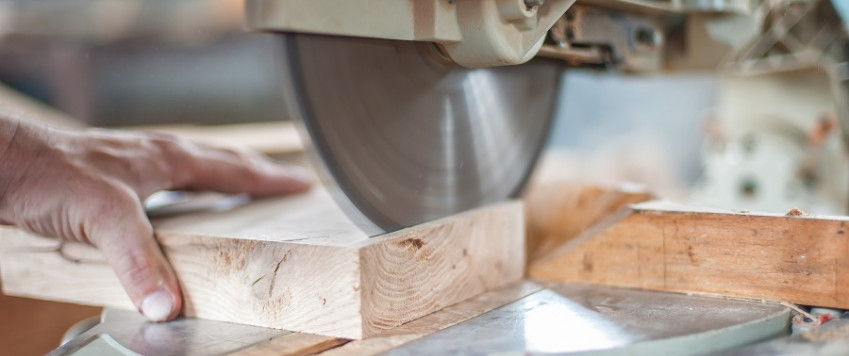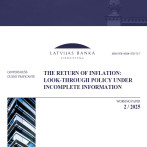November was a record month in the export of wood products

According to the data of the Central Statistical Bureau (CSB), the Latvian external trade turnover dropped slightly (0.6%) month-on-month. Within a month, the goods export and import values dropped by 0.1% and 1.1% respectively. Year-on-year, the goods export and import values posted positive growth by 3.4% and 3.2% respectively, which is a good performance, given the still low level of external demand.
On the basis of the rather good manufacturing indicators, a positive year-on-year growth was expected – and was the case – in the last few months of the year.
After weaker indicators for a few months, wood product exports increased reaching record month-on-month growth. The good performance of wood exports was ensured by increased export volumes both to the traditional markets – the United Kingdom, Denmark, Estonia, Germany, Finland and Lithuania and to new and exotic ones, for instance, China, the United Aram Emirates (UAE) and Libya.
In the export of food industry products, with the exception of alcoholic beverages and tobacco, positive 12-month growth has been observed for a fourth consecutive month. Positive contributors were rises in the exports or meat and fish products, confectionery products and processed fruits and vegetables. A substantial rise was observed in November also in the export of alcoholic beverages to Russia.
In the first eleven months of this year goods exports dropped by 1.1% year-on-year. The drop mainly resulted from the diminishing of re-export goods flows and the global drop in prices, for year-on-year, the greatest decrease was in the exports of mechanisms and electrical equipment and mineral products. A positive support for goods export in 2016 was the rises in the exports of agricultural and food products, chemicals, wood products, construction materials and transport vehicles.
Despite the geopolitical challenges, uneven development of global economy and weak external demand, the real amounts of Latvian manufacturing output and export have demonstrated a certain sustainability, attempting to compensate diminishing exports to Russia and its satellites by growth in other markets.
Among the main risks for sustainable development of Latvian exports and economy at large is the sluggish implementation of business investment projects. Yet the rise in lending observed in the second half of 2016, along with the expected faster uptake of European Union (EU) funds in 2017 allow us to hope that investment activity in Latvia will rise and may have a positive impact on the development of export enterprises as well.
Goods import, on the other hand, continued to stagnate and dropped by 3.0% in eleven months of 2016 year-on-year. This had mostly to do with the drop in global oil prices and diminishing of re-export flows and weak investment activity.
Events in the external environment are still very hard to predict and the Latvian economic growth forecasts for 2017 are mostly based on hopes on; renewed flows of funds from the EU, which could raise the economic growth rate. The EU funding, however, will not be a magic wand that is likely to solve all of Latvia's economic problems.
Business investments, decisions of potential foreign investors and the whole business environment in Latvia is adversely affected by the unstable legislative environment and frequent changes in taxation. Since a fast rise in market capacity cannot be expected and competition in the external markets will remain in place, Latvian export in 2017 will continue to face diversification challenges as far as both goods and individual countries are concerned, and entrepreneurs will continue to have to seek new niche products and create production with a higher added value.
To foster growth in export and the economy at large it is of crucial importance to continue to carry out structural reforms that are based on long-term measures. To foster a more effective attraction of investment it is necessary to augment the role of local governments in the process by evaluating the advantages of Latvian branches and localities, including the available infrastructure and workforce.
Textual error
«… …»






